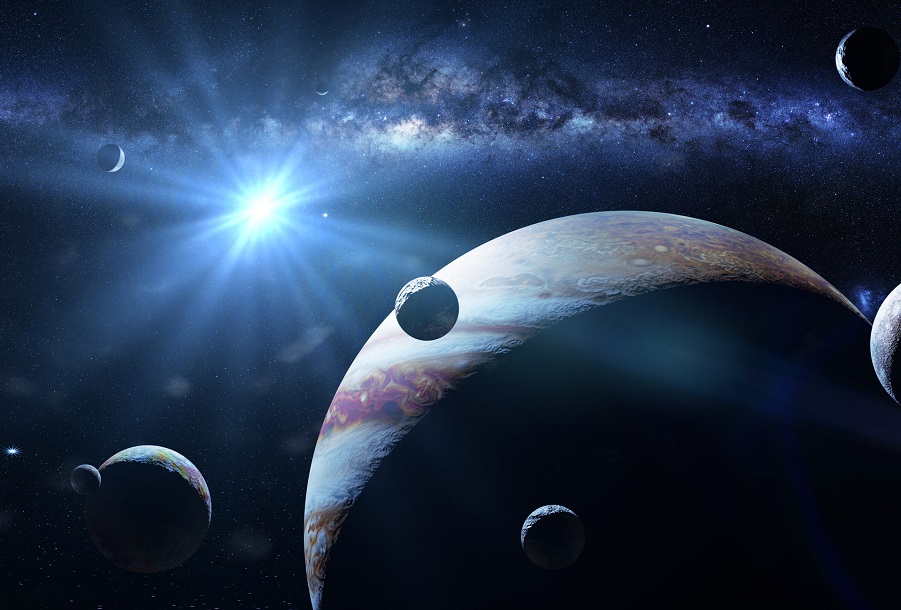Scientists have discovered a second planet around a nearby star HD 83443, which is located not far from us. They came to the conclusion that in the past, gravitational interaction between gas giants could have occurred in this system, changing their orbits.

Second planet in the HD 83443 system
Astronomers from the University of Southern Queensland in Australia have discovered a second planet around a nearby star HD 83443. It is located at a distance of 133 light years away from us, and by the standards of the Galaxy it is relatively close. For the discovery, astronomers have been studying the radial velocity of the star for many years using several powerful telescopes.
HD 83443 is a relatively young orange dwarf of class K0, which has a mass comparable with the solar one. This is a relatively young star, which is 2.64 billion years old. Previously, it had already discovered a planet. This “hot Jupiter” with a mass of 42 percent of the mass of the largest planet in the solar system makes one orbit around the luminary in just three days.
The new planet HD 83443 c is also a gas giant with a mass one and a half times that of Jupiter. It orbits the star in a highly elongated orbit with an eccentricity of 0.76. One revolution around the luminary takes 22.6 years.
Could gas giants have interacted in the past
HD 83443 is a fairly rare system where there is a “hot Jupiter” and a gas giant in an eccentric orbit nearby. Moreover, the characteristics of both planets are well-defined. And this led researchers to believe that in the past, a game of giant “space billiards” could take place in the system.
It’s because according to the current theory of planet formation, gas giants are not born either close to a star or in eccentric orbits. According to the authors of the research, the presence of planets in the same system indicates that in the past their orbits intersected and gravity threw them to where they are now.
Even more, scientists suspect that a third gas giant with a mass of 40 percent of Jupiter could also participate in the collision, but now this is only an assumption. As for HD 83443 c, scientists hope to get images of it in the future with the help of new powerful telescopes, as happened for the β Pictoris system.
According to phys.org

